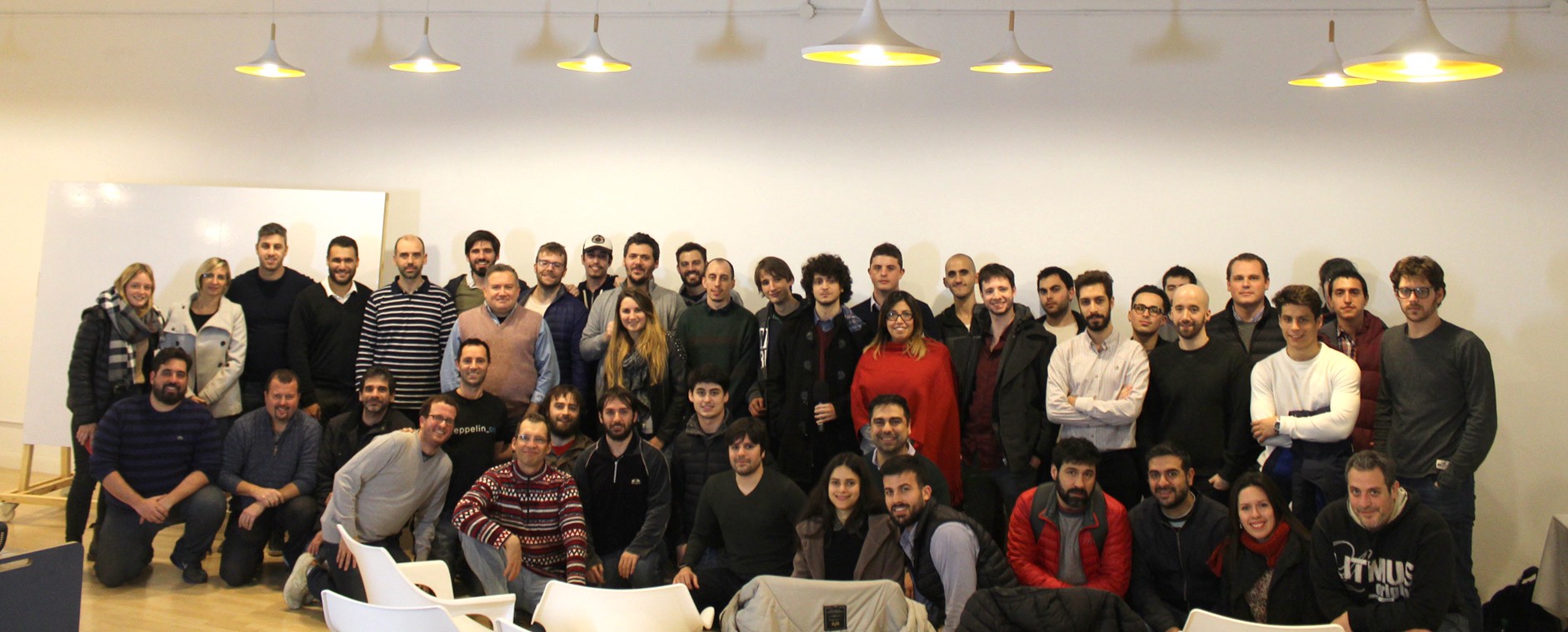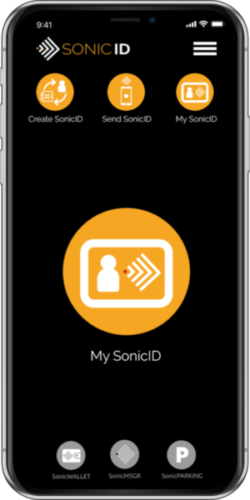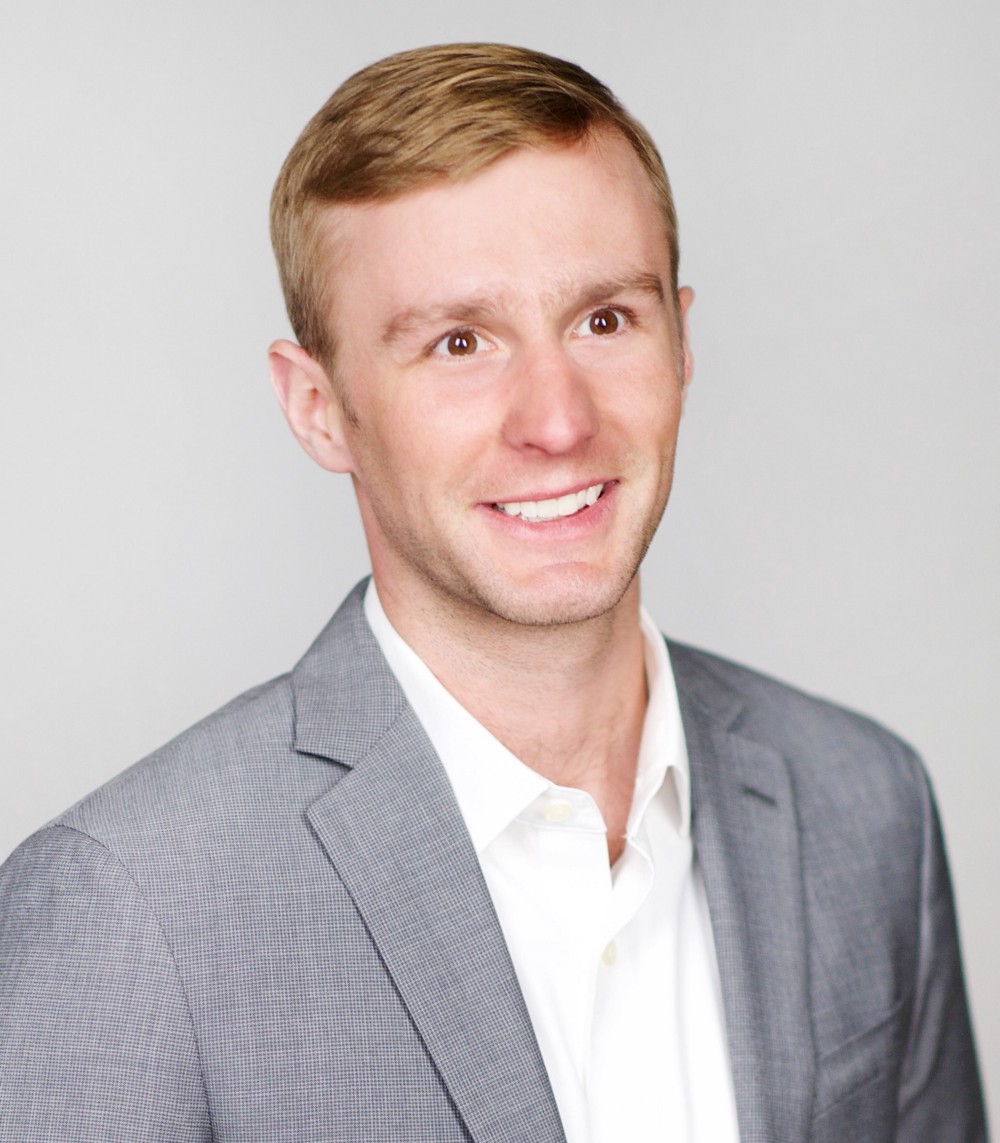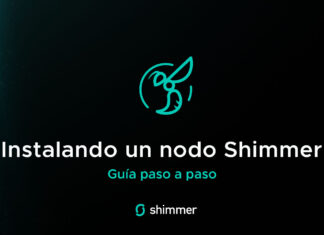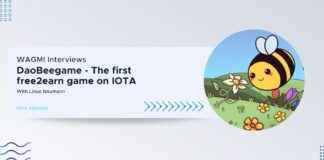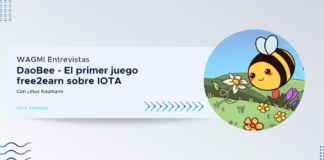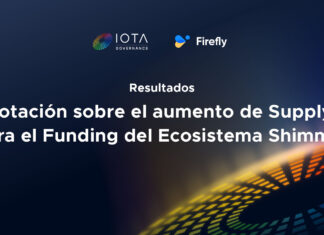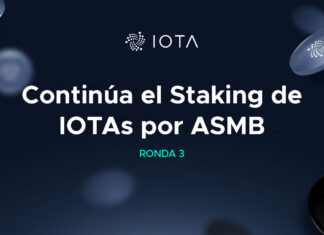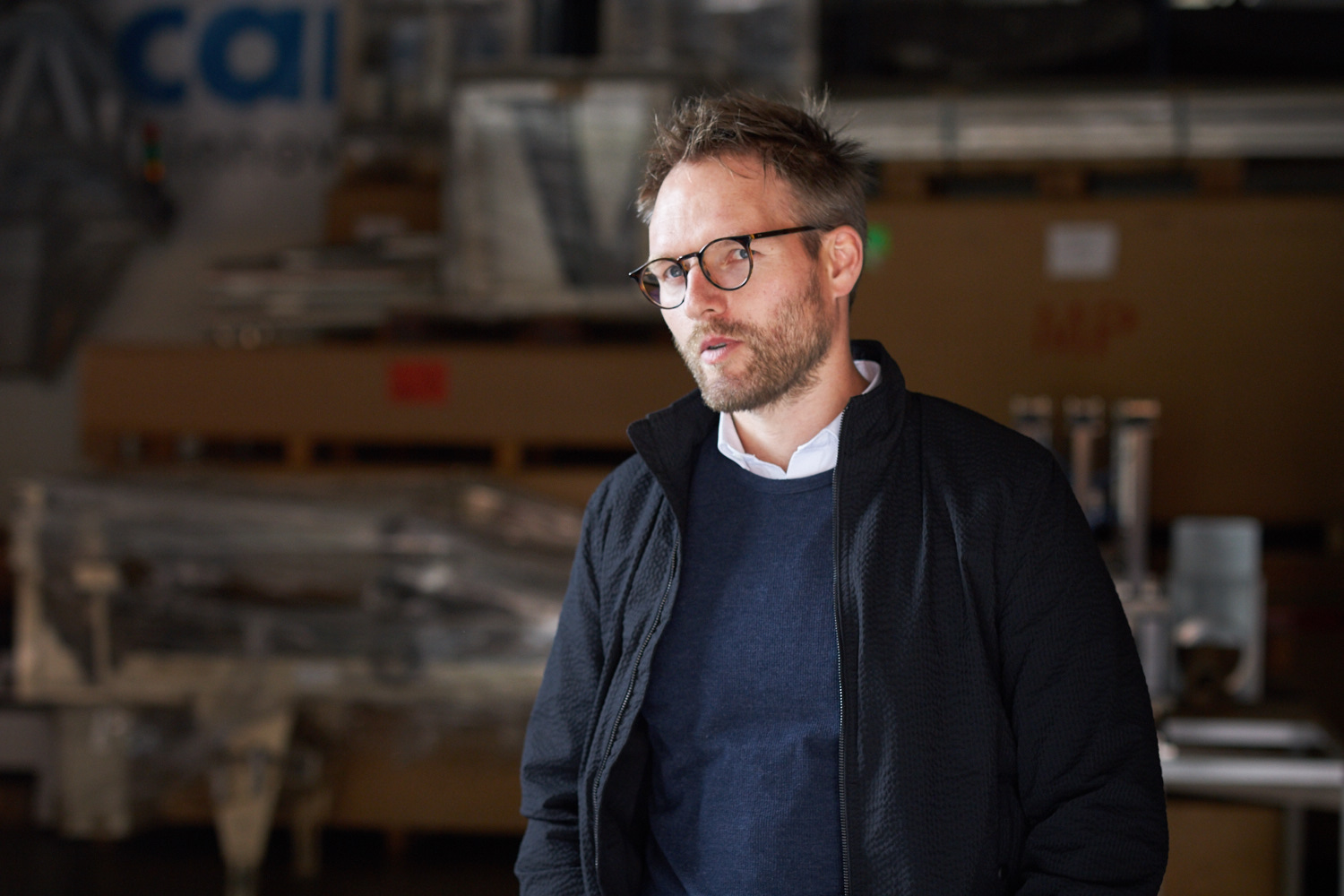
Topocare introduces us to the pay-on-production concept, they receive one of the first cohort funding from Iota Ecosystem. Here we gonna talk about this project and how will be useful to the ecosystem and people who use.
Clato Martin
Writer & Editor, IOTA Hispano
If you like what we are doing help us to continue working! Donate: http://www.iotahispano.com/donate/
Tell us a little about your background
We are a technology driven company and our work is based on enthusiasm to change the way flood protection is done today. To give you a brief history, we begun as a machinery start-up, developing a unique flood protection machine. We very quickly identified additional cases where there was a huge lack of innovation in flood protection. One of these fields was a simulation to achieve an overall process optimization – including our machines and other entities which are needed to build up a protection. The city of Cologne, which is situated near a major German river, became one of our main customers.
The background of our team is really diverse in terms of technical background and origin. To speak about myself I studied mechanical engineering and business. After three exciting years working for the Volkswagen Group on production and logistics strategy, we founded Topocare. Now we are employing mechanical, construction and software engineers alongside other specialties. But it’s not only our team but also the network around us! We are located in the region of OWL in Germany, which is known for its density of small and medium-sized technology companies with a focus on engineering and manufacturing.
The region is at the moment experiencing a real digital awakening and is strong in collaboration. To achieve our innovations, our network is made up of great people within an array of companies and research institutions.

When and how was your first approach to IOTA?
My friend and colleague Roland Draier, who originally had the idea of founding Topocare, came along with the topic IOTA – I think it was mid 2017. He is very technology affine and has a nose for new and thrilling technologies! From the begin on we were both fascinated about the possibilities that could arise out of the concept of IOTA: micro payments, no transaction costs and the tangle structure being at its core. But we needed some time to understand more about what stands behind the idea of IOTA.
The breakthrough was certainly our attendance at the BOSCH Hackathon in Berlin, where we take part with a small team of our company and had the chance to
realize first test applications with the MAM protocol.
Why do you think Iota is the best cryptocurrency to use in your project?
At the beginning, we didn’t see IOTA so much as a cryptocurrency but more as a possibility to store and distribute data by using a decentralized and tamper-proof database. There is also the chance to build up business models based on data distribution using the MAM restricted mode. This is an amazing infrastructure which is already in place and can be used!
The payment with IOTA token made us first a bit skeptical. Because we believe in the IOTA technology we privately acquired some iota token and could quickly experience the daily volatility firsthand. Experiencing the volatility made us learn a lot about the token and how to use them. The advantages lay on hand: To send a transaction, one must verify two previous transactions. That makes the work of miners needless and will accelerate the verification process in the future with every transaction made.
There are other advantages, which I think everyone here knows… To come back to the use of the token, one has to accept the volatility so far. There are two solutions dealing with it: One is to build a closed system of token circulating in your manufacturing, logistics or machine park. You will use the overall balance of the wallets of all machines to charge in national currencies (Euro, Dollar, etc.) or you need to set up a system of a quick (maybe daily) exchange which minimizes the risk of volatility. Of cause, there will still be an arbitrary risk, but it’s manageable. We developed some really good ideas for the described closed token system, but we will start with one step ahead, which is not less interesting. It is the realization of a true pay-on-production model. This will help to enable a business model which is really interesting for our flood protection machines.
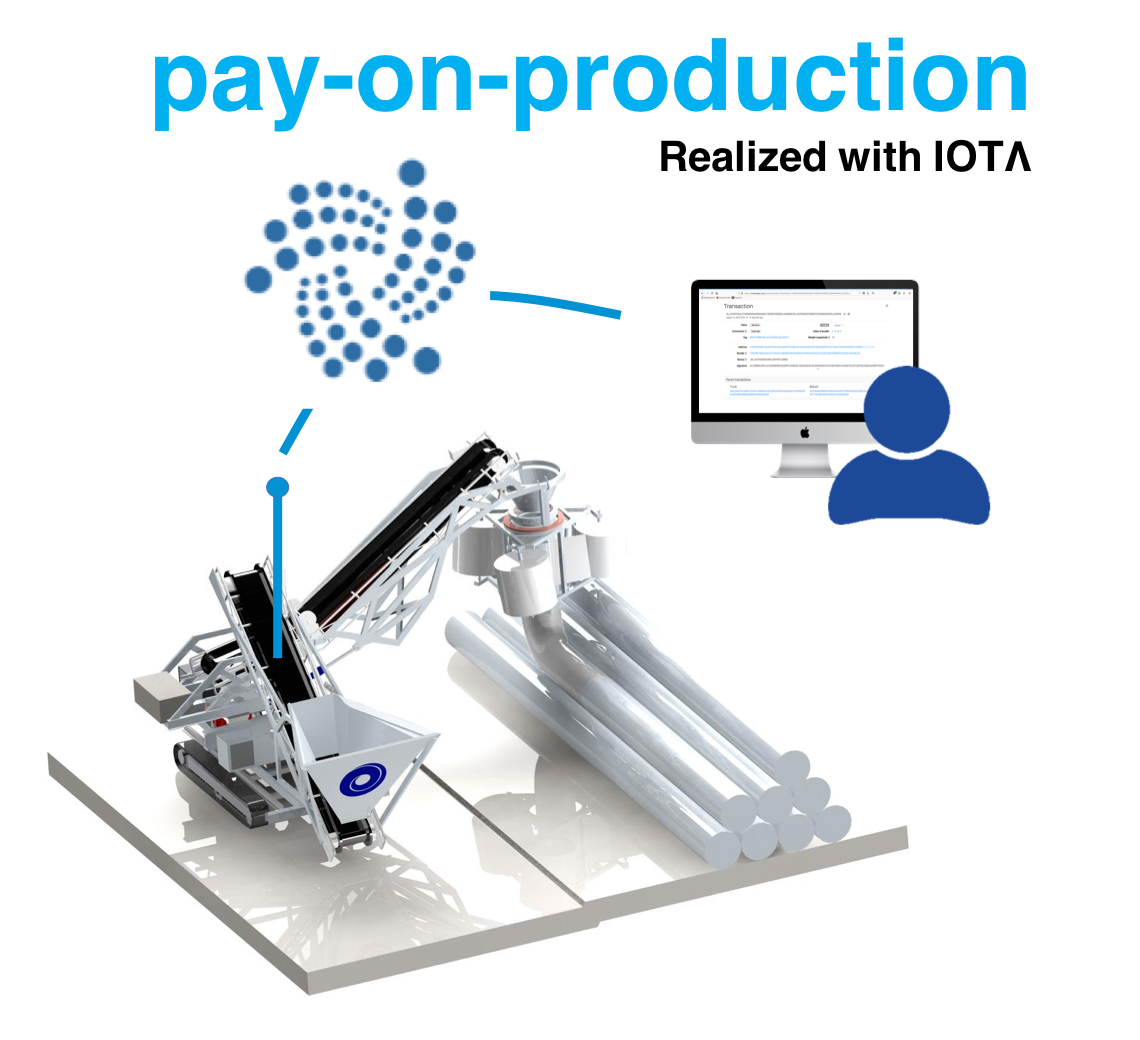
Could you explain what the Topocare project is specifically about?
We will work on the Pay-on-Production (PoP) or as some people say Pay-on-Use (PoU) model by using the IOTA tangle and IOTA token. In the PoP model, a machine is given mainly “for free” from the manufacturer to the customer. Payments are done for every piece produced on the machine. In the domain of manufacturing or medical equipment the model is already successfully introduced and will certainly become more popular.
There are several reasons for PoP, such as a lower upfront capital investment for the customer and that the people who actually developed and produced the machine will keep an eye on maintenance and equipment optimization. Hence an efficient payment model has to be found, which enables the machine itself to charge for every piece of production. In our eyes, IOTA delivers exactly the right characteristics: micropayments, data integrity, and no transaction costs. Furthermore, the IOTA infrastructure developed quickly over the last few years, so that it’s now easier or even possible to realize these kinds of ideas. For example, there are well described JS and JAVA libraries which can be used.
The PoP-model we just started to develop is supposed to run on our new flood protection machine, which is also still under development. We will share the states of the ongoing development of the machine, which is currently a technology demonstrator. The technology demonstrator was developed in a research program of the Federal Ministry of Education and Research of Germany. To realize the PoP-model we will undertake two important steps. First: Using different sensor data of the machine to identify the pieces produced. “Pieces produced” which for us means “meters of flood barrier installed”. The monitored sensor data will be attached to the tangle. Second: Based on “pieces produced” we will develop a factorization system based on IOAT wallets. The machine will possess a wallet to directly charge for the production done. The software part of the project will be open source and we will try to make it as generic as possible. Actually, we think it can be very interesting for other manufacturers to use the developed code.
Is Topocare a sustainable project? Tell us why and how will it be useful for people and cities.
Most definitely Topocare is sustainable! Otherwise, we wouldn’t invest all this time and effort. But maybe I should give a small overview and outlook on what we are doing. The domain of flood protection is dealing with one major problem of our times. It is climate change. Some people deny the development and its consequences. But the changes can be seen everywhere. In Germany for example there are more extreme weather situations, such as dry periods and really heavy rain falls. This results in an abrupt rise of water levels in rivers and the danger of flooding. The rise of sea level is also an outcome of this. The way we see to deal with it is to develop technologies which are more ecologically and technologies which will lower the effects.
Our developed methods can build strong and very solid flood barriers which are more secure than current embankments like levees and dikes. For doing so we combine the characteristics of special textiles with the filling of sand, soil or in times where speed is needed, with everything you can find, to create a composite tube. These flexible tubes have very good erosion and stability characteristics and thus serve perfect as flood barriers. With our machines, permanent constructions can be built and quick reactions undertaken to build up a temporary flood barrier.
At the moment we achieved a successful market entry in Germany and are now looking for the next steps to internationalize. But when I see the astonishing speed of growth the IOTA foundation is taking – I can see we will need some more time, but we will try to follow their way in building a truly open-minded, international, passionate organization which is hungry for success.
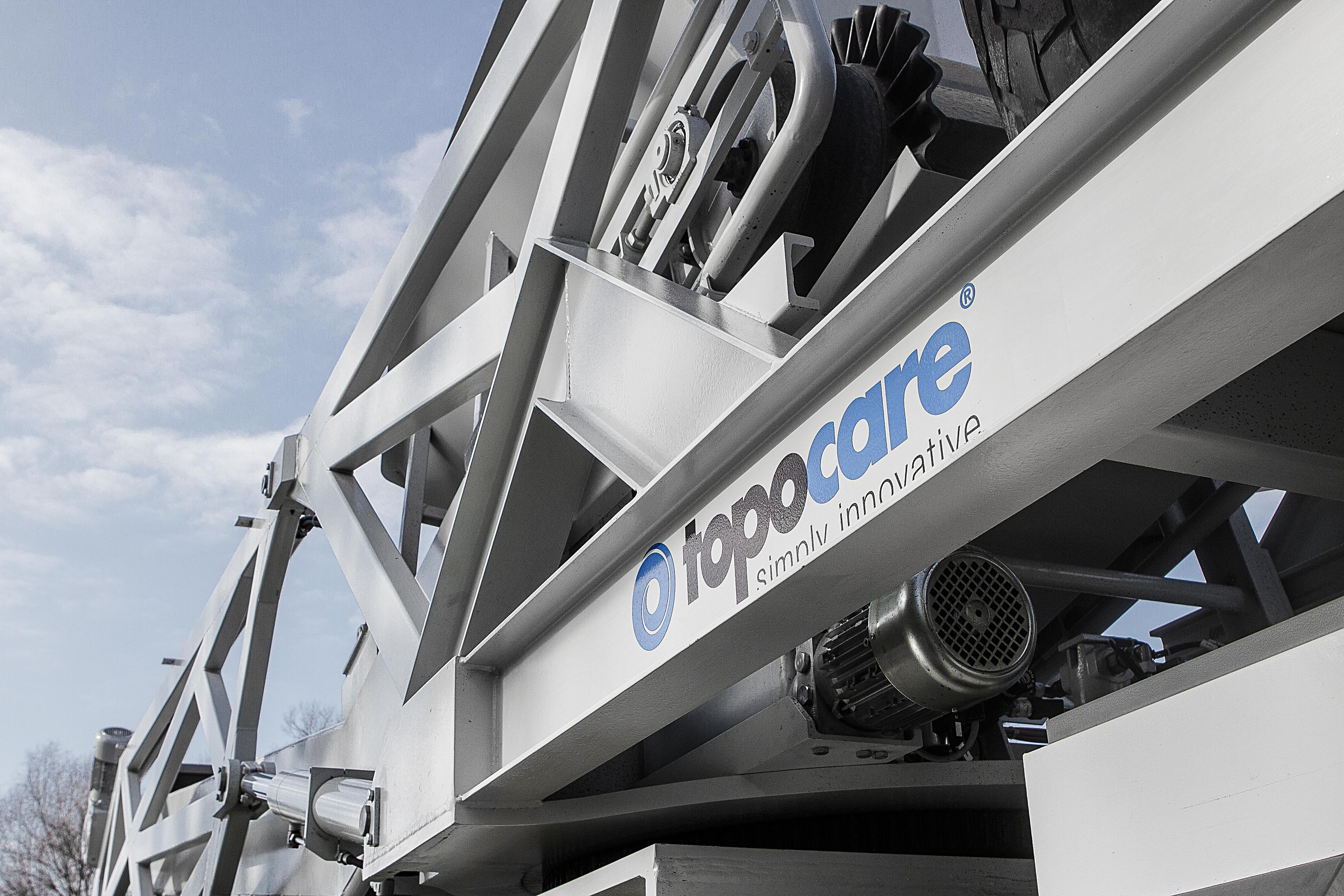
In which phase of the project are you at the moment and how long will it be before it is available for use?
The machine is making good progress. At the moment new CAD designs are done and components have been ordered. The IOTA part of the project, which will enable us to let our customers pay per use, has just began. But we are making good progress and will update soon. We plan to publish our progress in a series on medium.com.
Do you interact with other people or projects around Iota?
We build up first contacts, but at the moment there is no interaction. We follow the discussions on Discord and are maintaining our full node, but I think interaction will start soon to raise.
How are you currently financing the development of the project? What do you think about the IOTA funding system?
The IOTA funding system is great! We are so grateful to belong to the first grantees and will work hard to confirm the trust given in us. We see the Ecosystem Development Fund as a really great vehicle to strengthen and expanding the community of IOTA developers, initiatives and users.
The strong community will certainly make the difference in comparison to other blockchain projects! We hope that we are one part of the way to establishing IOTA as the backbone of IoT within a variety of machines and applications. Not only us but also the other ecosystem projects are looking fantastic and promising.
Feel free to tell us something about you and your project and what are your thoughts about the future?
Thanks for the interview! Spreading the word is always a good thing. But I think I said enough already, as it might be a bit too long to read otherwise. As I said we will soon publish more about the progress of the project and hope that there will be a lot of interest in the things we are doing. Thanks again for the interview!




